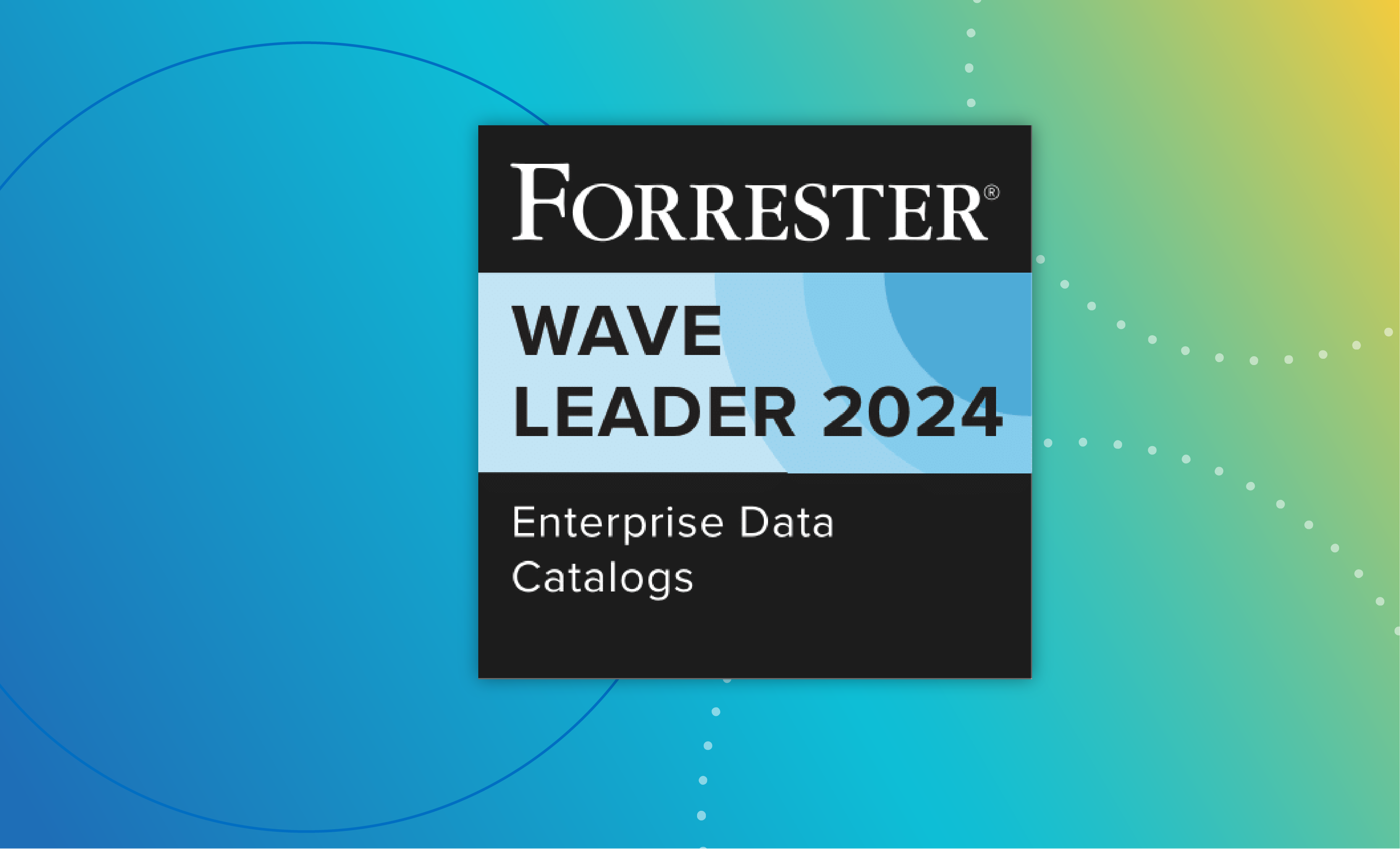In the world of data governance and intelligence, understanding data lineage is essential for making informed decisions. This is where stitching comes in as an incredibly important concept in Collibra. Stitching entails matching different segments of lineage to obtain end-to-end lineage, allowing for a comprehensive view of the data’s journey throughout the organization. In this blog post, we explore why stitching is required for creating end-to-end lineage.
In addition to matching segments of lineage, stitching also entails matching objects in a technical lineage to assets in Data Catalog. This provides an even deeper understanding of the data and its lineage. This is particularly useful when tracing the origin of a specific data object. By linking these pieces of information together, you gain the insight you need to make more informed decisions about your data.
Why you need end-to-end lineage
End-to-end lineage is the process of tracing data from its source to its target, allowing for a complete understanding of where the data came from and how it was transformed along the way. This is essential for regulatory compliance, data governance, and risk management. Without end-to-end lineage, it’s impossible to know if the data has been altered, if it’s trustworthy, or if it’s being used in a way that is compliant with regulations.
Stitching as a bridge between Catalog and lineage
Metadata ingestion, which results in the creation of assets in Collibra, and technical lineage are distinct and independent concepts. The technical lineage graph only portrays the flow of data in your external data sources and doesn’t inherently provide any information about your assets in Collibra. Stitching serves as a bridge between the metadata you ingest as assets in Data Catalog and the technical lineage. The color of the nodes in the technical lineage reflects whether or not a corresponding asset in the Data Catalog with the same full name exists.
Stitching to BI integrations
BI tools like Power BI and Tableau empower you to build reports that help you to visualize and understand your data. To ensure the credibility of your report, you need to be able to identify the source of the data. Collibra Data Lineage automatically creates a technical lineage for your BI tools, which traces the data from your sources to your reports. Stitching creates a connection between the data objects in your technical lineage and the relevant assets in Data Catalog, allowing you to gain a complete understanding of your data landscape and all essential metadata.
End-to-end lineage is a complex process that involves connecting to BI and ETL tools, as well as SQL data sources. Collibra offers automatic stitching capabilities for most of its technical lineage sources, enabling you to create a business lineage between assets that have been ingested in Catalog. By leveraging Collibra’s data lineage capabilities, you can ensure that you are making decisions based on accurate, trustworthy data, which can lead to better business outcomes.
For a more in-depth examination of what stitching is, what issues can cause stitching to break, and advice on how to resolve issues, please refer to Stitching for BI tool integrations in the Documentation Center.”




